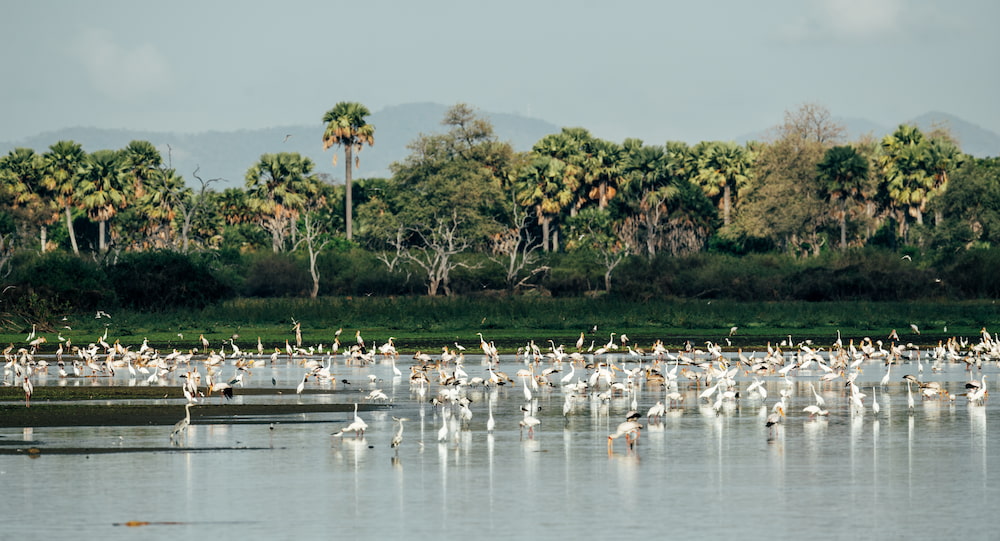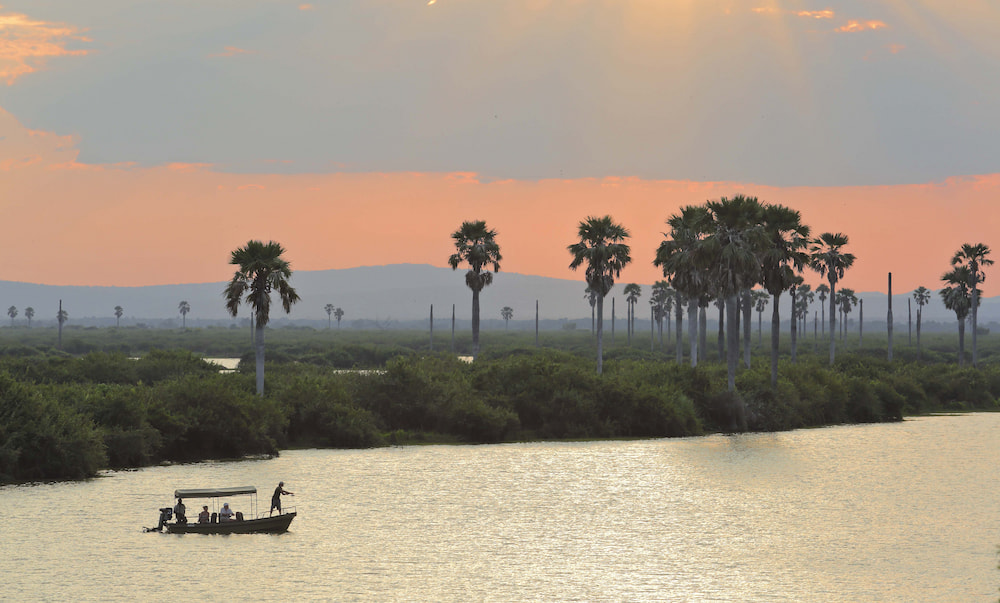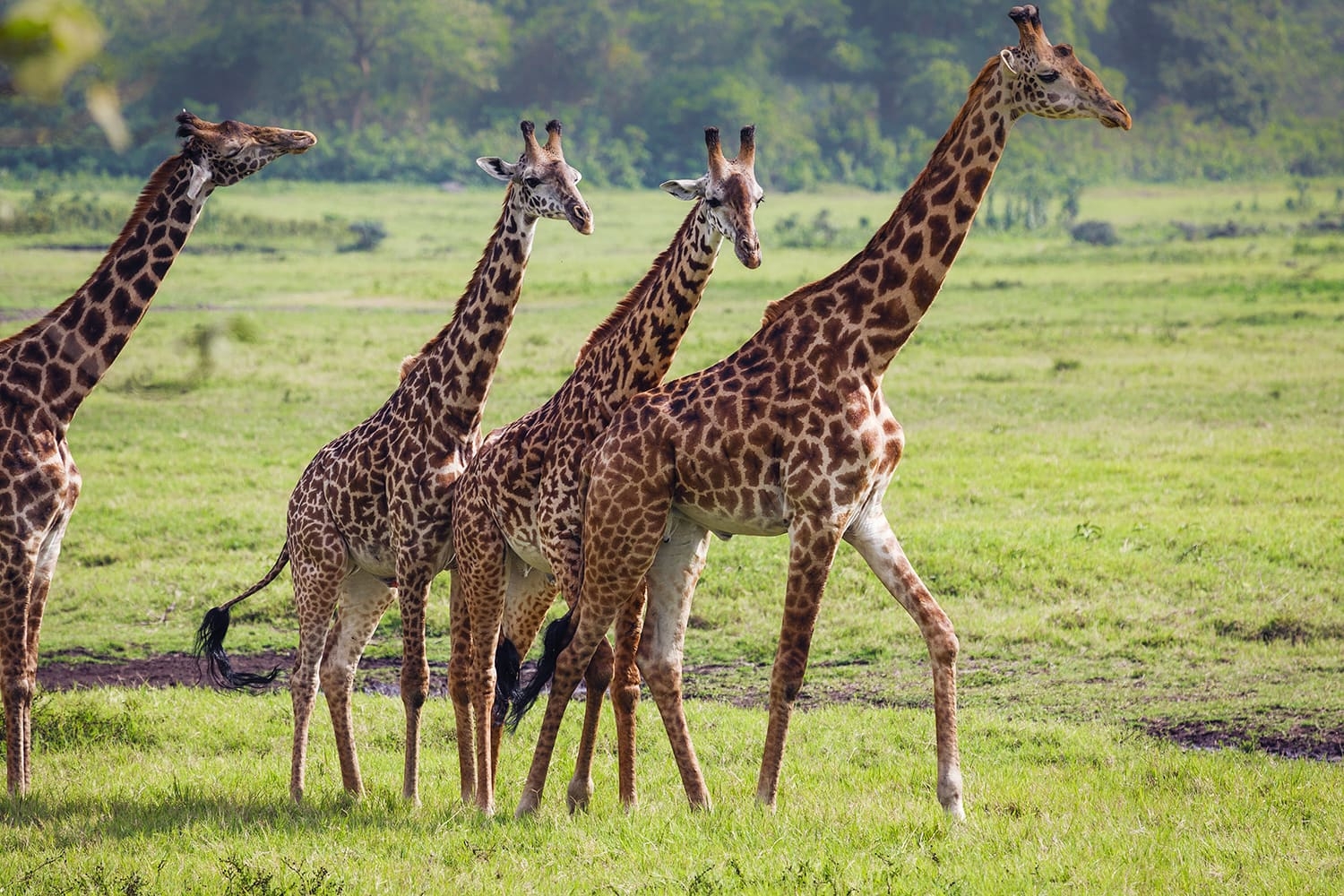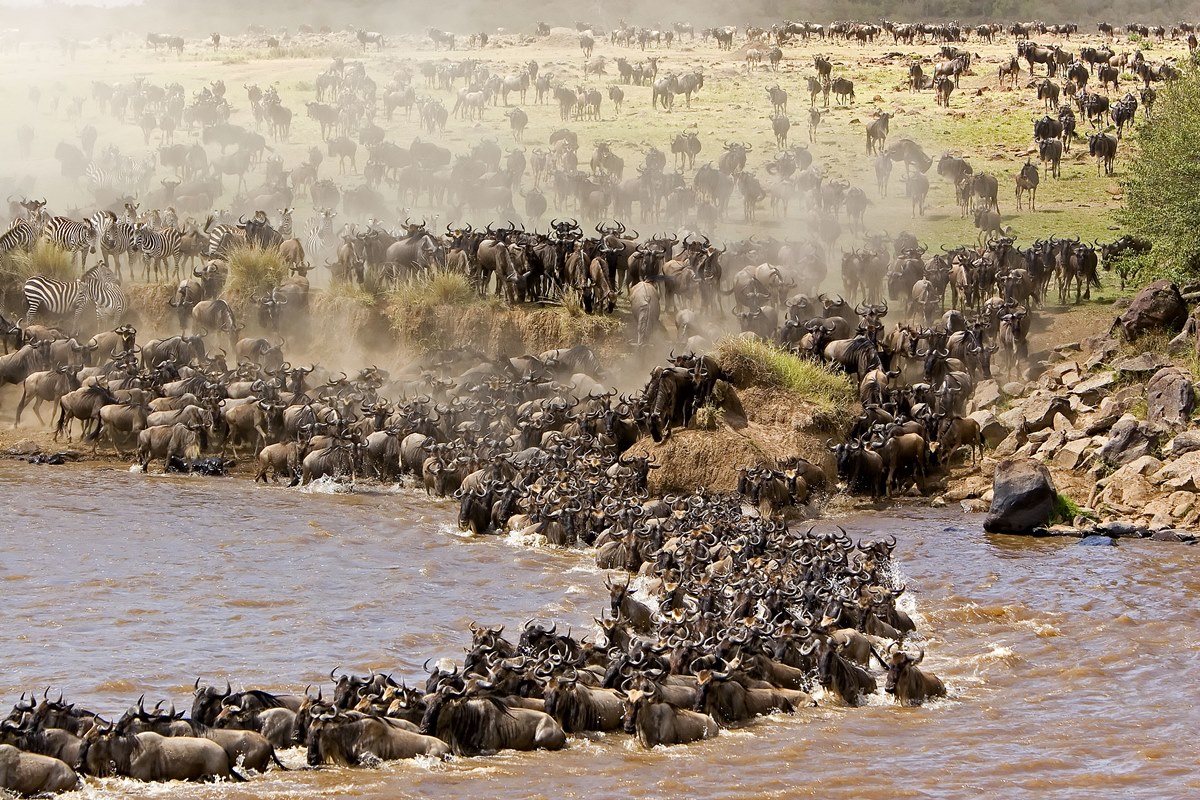Nyerere National Park
Park Overview
Nyerere National Park is Tanzania’s newest and largest national park, established in 2019. Covering more than 30,000 square kilometers, it forms a significant part of the former Selous Game Reserve, now recognized as a UNESCO World Heritage Site. The park is situated in southeastern Tanzania, about a 5-6 hour drive from the bustling city of Dar es Salaam or a short charter flight away. Its vast and remote wilderness is dotted with rolling plains, acacia woodlands, and winding rivers, most famously the Rufiji River which cuts through the park, creating lush swamps and oxbow lakes. Nyerere National Park is less crowded than popular northern Tanzania parks, offering visitors an authentic safari experience in pristine, unspoiled environments. The park’s strategic location makes it a vital corridor for migrating wildlife, and a haven for those seeking unforgettable encounters with nature. Whether you’re a wildlife enthusiast, a photographer, or simply looking for adventure, Nyerere’s remarkable landscapes and diverse habitats promise a unique and memorable visit.
Wildlife
Nyerere National Park is a haven for wildlife lovers, boasting an extraordinary range of animals and birds within its expansive landscape. It is home to one of Africa’s largest populations of elephants and a healthy number of African wild dogs, one of the continent’s most endangered predators. Visitors frequently spot herds of buffalo, giraffes, zebras, hippos, and crocodiles basking along the banks of the Rufiji River. Lions, leopards, and spotted hyenas roam the savannah, while the rare sable and puku antelopes add to the park’s diversity.
Birdwatchers are equally rewarded, as Nyerere hosts over 440 recorded bird species. You can encounter colorful species such as kingfishers, bee-eaters, fish eagles, and the beautiful Southern ground hornbill. The park’s diverse ecosystems—rivers, lakes, marshes, and woodlands—support both resident and migratory birds, making it one of Tanzania’s top birding destinations. Whether you’re on a game drive, a guided walk, or a boat safari along the Rufiji, the abundance of animal and bird life ensures every moment is thrilling and full of discovery.

Weather and Climate
Nyerere National Park enjoys a tropical climate with two main seasons: the dry season and the wet season. The dry season runs from June to October, marked by clear skies, plenty of sunshine, and cooler nights. During this period, vegetation thins out, making it easier to spot animals around water sources. It’s the most popular time for safaris due to pleasant temperatures and excellent wildlife viewing.
From November to May, the wet season sets in, bringing intermittent but sometimes heavy rains, especially during the peak months of March and April. The landscape turns lush and green, attracting migratory birds and newborn animals. While some areas may become inaccessible due to muddy roads, the park’s beauty is heightened, and there are fewer tourists, offering a more exclusive experience. Temperatures across the year typically range from 20°C to 32°C (68°F to 90°F), with higher humidity during the wet months. Rain rarely lasts all day, and sunshine is common even during the green season, making Nyerere a year-round destination.

The Best Time to Visit
The best time to visit Nyerere National Park is during the dry season from June to October. At this time, wildlife is concentrated around rivers and waterholes, greatly improving your chances of seeing animals on safari. The dry conditions mean roads are easier to navigate, and there are fewer mosquitoes, making the experience more comfortable and enjoyable. This period also offers cooler temperatures in the mornings and evenings, ideal for game drives and walking safaris.
That said, the wet season between November and May has its own charm, especially for birdwatching enthusiasts and nature photographers. The landscape transforms into a vibrant green paradise, many animals give birth, and migratory birds arrive in large numbers. The park is quieter with fewer visitors, providing a sense of exclusivity. However, some camps and lodges may close during the heaviest rains in March and April.
Ultimately, your choice of travel period depends on the experiences you seek. For classic wildlife safaris and easier access, choose the dry season. If you prefer lush scenery and birdlife with fewer crowds, the green season is just as rewarding.



